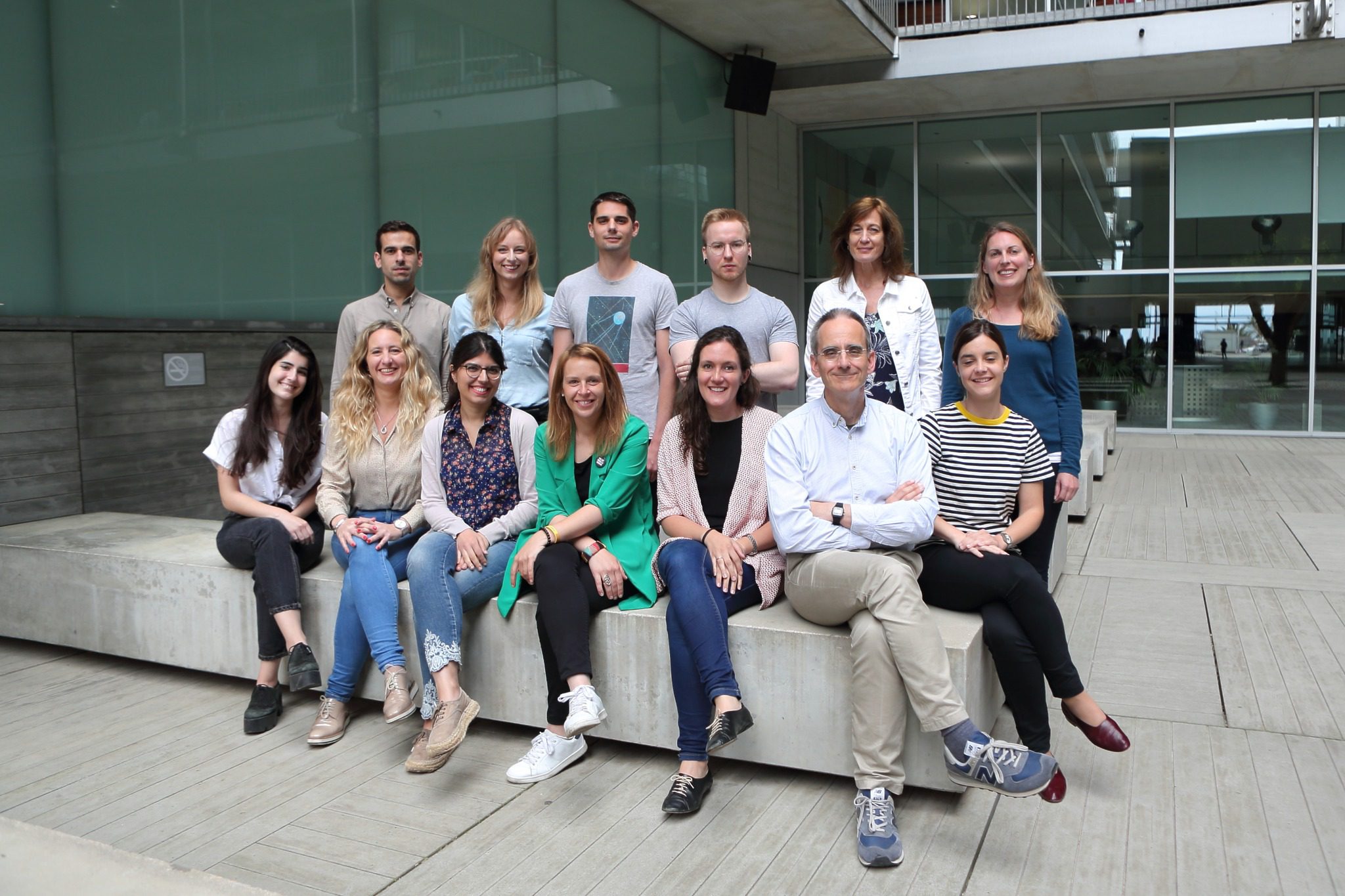GENETIC researchers in Barcelona have reached a historic milestone, creating the very first map of the spliceosome.
A key part of interpreting DNA, the spliceosome helps cells to interpret and select genes which lead to essential protein production.

Errors in this process, known as splicing, can cause cancer as well as rare and neurodegenerative diseases.
It is hoped that the research will help with treatment and lead to advances in genetic engineering.
Now, a team of geneticists led by Dr Juan Valcarcel have successfully mapped the spliceosome following a decade of research.

Spliceosomes are found in the nuclei of cells and interpret ribonucleic acid (RNA) molecules, responsible for converting DNA into proteins and regulating various cellular processes.
Thanks to these complex molecular machines, human cells can produce 100,000 different types of proteins despite only having 20,000 genes.
These proteins are involved in many essential life processes such as creating collagen for bones or hemoglobin to transport oxygen through the blood.
Valcarcel has been studying the phenomena since 1986 and has finally produced a map of the spliceosome, consisting of 150 internal and 150 external proteins.
Over time, the researchers systematically deactivated each of the 300 proteins to observe the effects.
They found that if one protein fails, this can trigger a chain of errors which could eventually lead to cancer.
“It is a potential Achilles’ heel that we can take advantage of to design new therapies. Our map offers a way to discover these weak points,” said Valcarcel.
Click here to read more Health News from The Olive Press.







